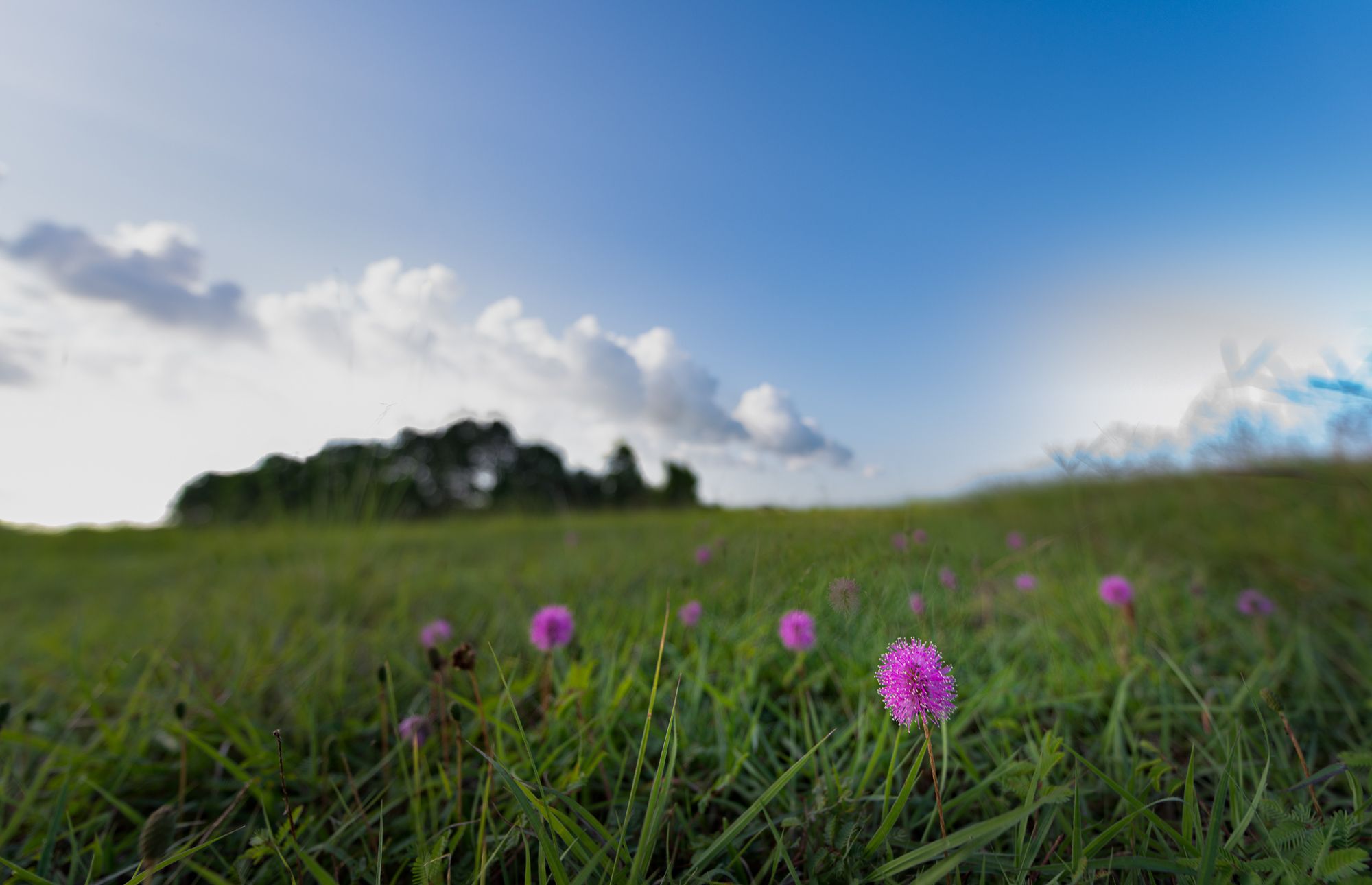Water conservation is crucial in ensuring the long-term sustainability of our water resources. In the Houston area, where population growth and climate variability put increasing pressure on water supplies, using native plants can play a significant role in reducing water consumption while maintaining healthy ecosystems.
Water conservation helps ensure that there is enough clean water for people, businesses, and natural ecosystems. Excessive water use can deplete reservoirs, lower groundwater levels, and lead to higher stress on local ecosystems. In areas like Conroe, where high temperatures and periodic droughts are common, reducing water waste is essential to sustaining local water bodies, including Lake Conroe.
One of the best ways to address water conservation is by choosing native and drought-tolerant plants for your landscaping. Native plant species have adapted to Houston’s climate and soil conditions. These plants require significantly less water, fertilizers, and pesticides compared to non-native species, making them an excellent choice for drought tolerant landscaping. Native plants are naturally adapted to local rainfall patterns and require little to no supplemental watering once established. Their deep root systems improve soil structure, enhance water retention, and reduce erosion. By absorbing rainwater, they also help minimize stormwater runoff, which can carry pollutants into Lake Conroe. Additionally, many native species provide food and shelter for local birds, bees, and butterflies, contributing to a healthy ecosystem.
There are several native plants species that thrive in the Houston region and require minimal irrigation. The following are great choices for your drought-tolerant landscape:
- Black-Eyed Susan (Rudbeckia hirta): A bright, hardy wildflower that attracts pollinators.
- Mexican Petunia (Ruellia simplex): A tough plant with purple, pink, or white flowers that tolerates drought and heat
- Gregg’s Mistflower (Conoclinium greggii): A butterfly magnet with soft purple blooms that thrives in dry conditions.
- Texas Lantana (Lantana urticoides): A sun-loving, deer-resistant plant with vibrant orange and yellow flowers.

- Yaupon Holly (Ilex vomitoria): An evergreen shrub that provides berries for wildlife and thrives with minimal water.
- Turk’s Cap (Malvaviscus arboreus): A versatile, shade-tolerant shrub with red, hibiscus-like flowers.
- Texas Sage (Leucophyllum frutescens): A striking, silver-leaved shrub with purple flowers that thrives in dry conditions.
- American Beautyberry (Callicarpa americana): A native shrub with eye-catching purple berries that attracts birds.
- Gulf Coast Muhly (Muhlenbergia capillaris): A showy ornamental grass with pink, feathery plumes in the fall.
- Buffalo grass (Bouteloua dactyloides): A native, low-maintenance turf alternative that requires little water.
Choosing native and drought-tolerant plants for your landscaping can reduce the water demand for landscaping. Homeowners and businesses can also contribute to conserving water by using several other landscape techniques. Using native mulch can help reduce water evaporation and capture rainwater. Limiting the use of chemical fertilizers and pesticides, with native plants, can help with pollution in stormwater, keeping it out of our waterways. Rain gardens can be a valuable addition to landscaping, helping capture rainwater, reduce runoff, and filter out pollutants before they reach local waterways.
Water conservation is a shared responsibility, and incorporating native plants into landscaping is an effective way to reduce water use while protecting local water resources. Small actions lead to big impacts and our efforts to conserve our water resources can help preserve this precious resource for generations to come.
Featured in Dock Line Magazine.

